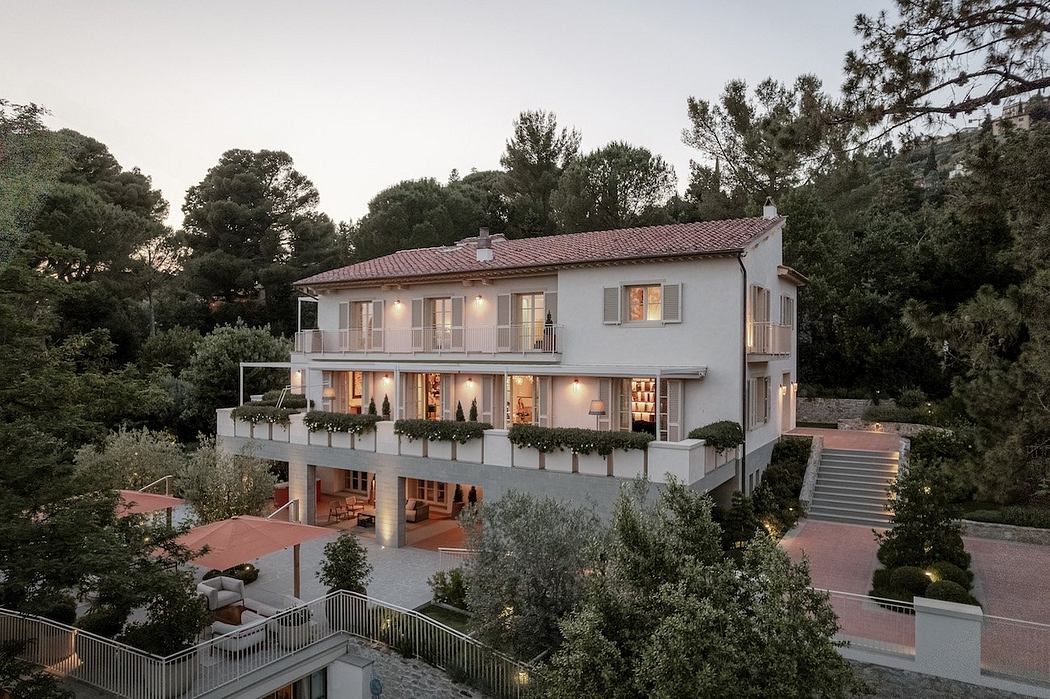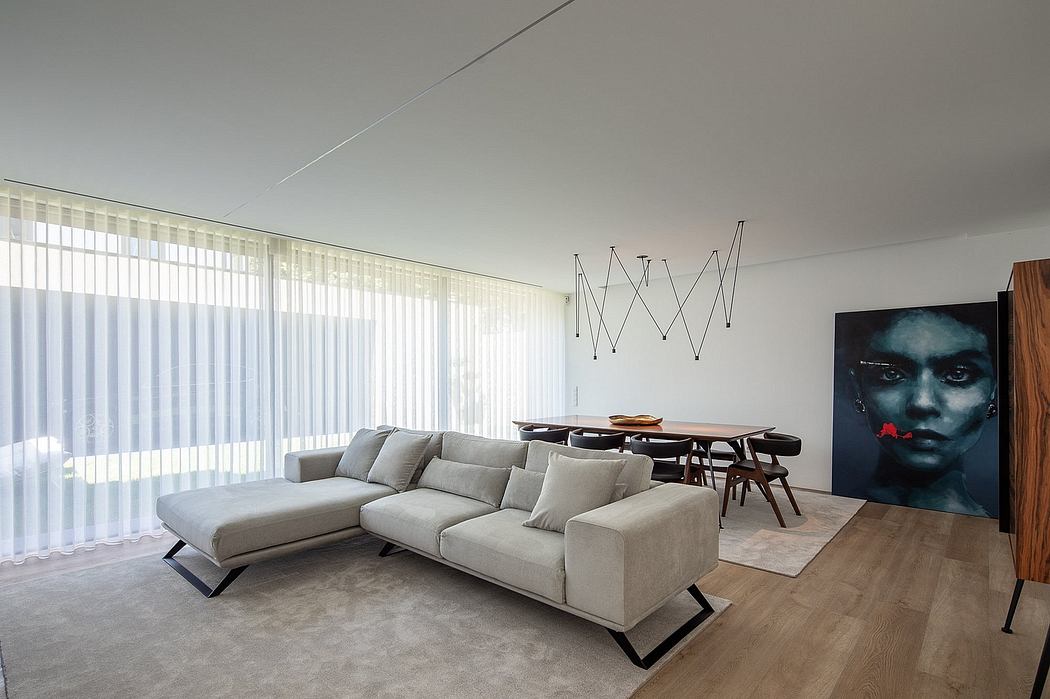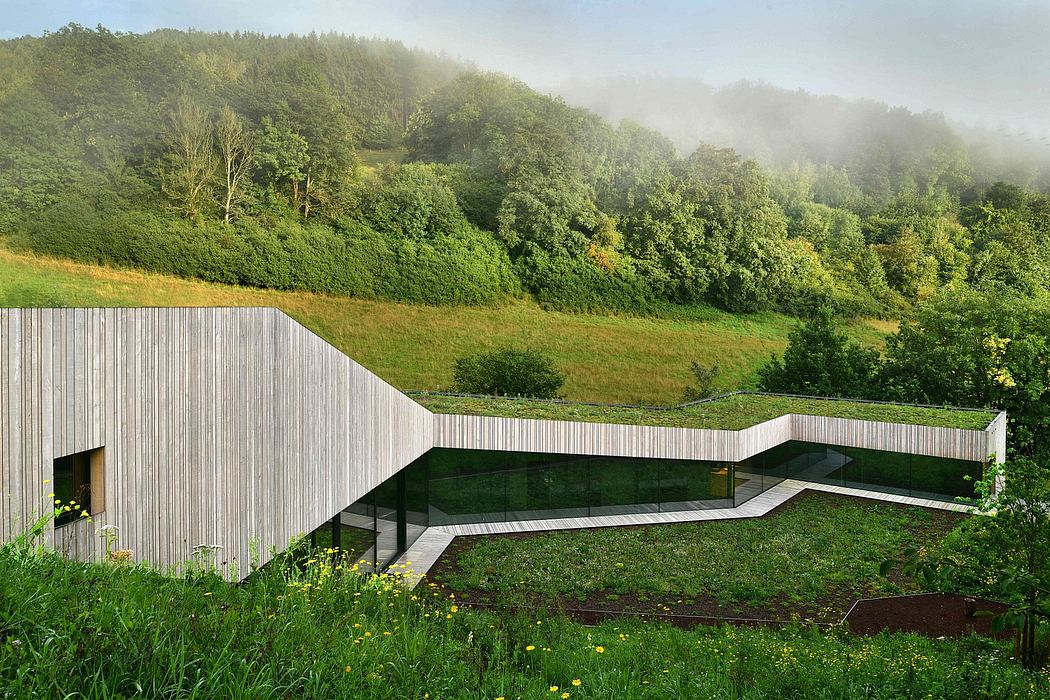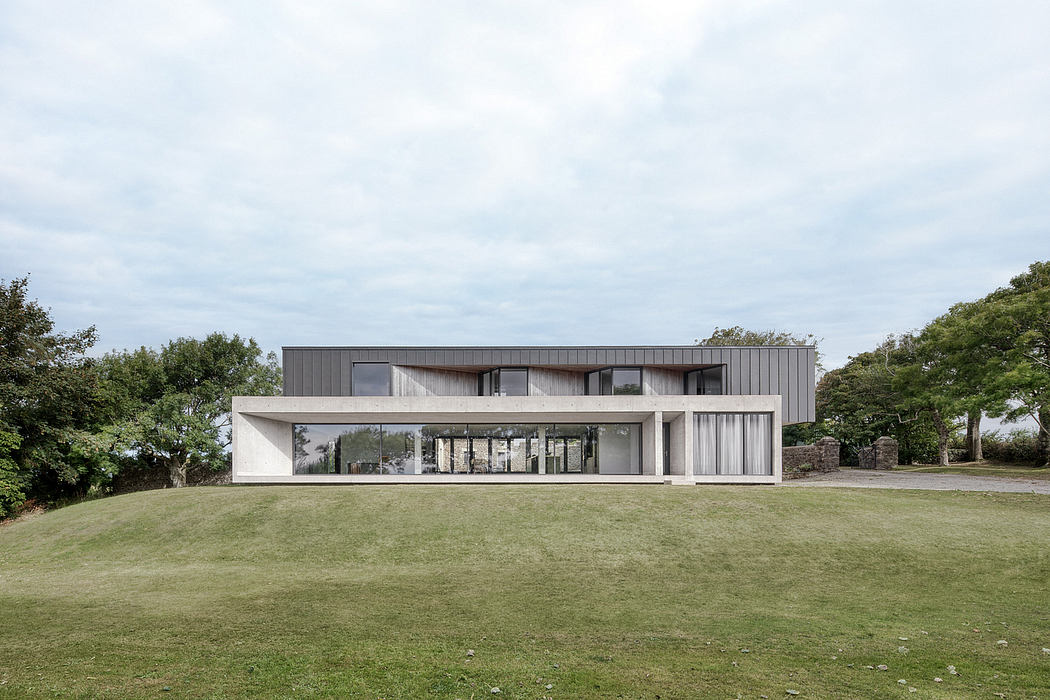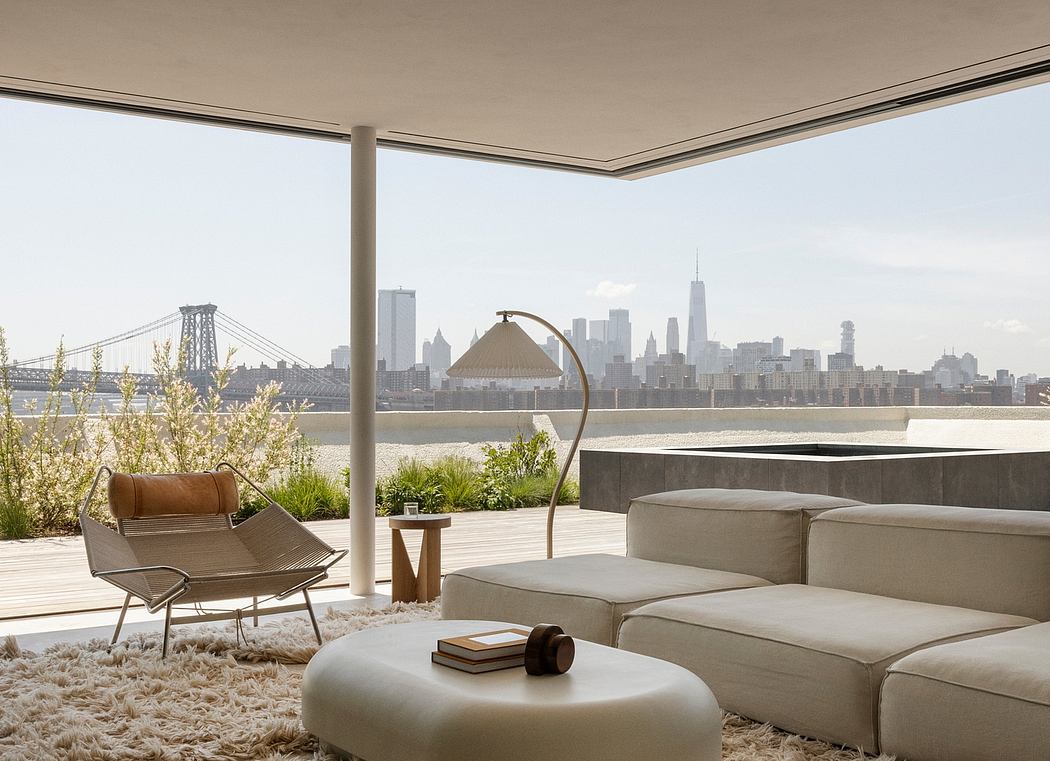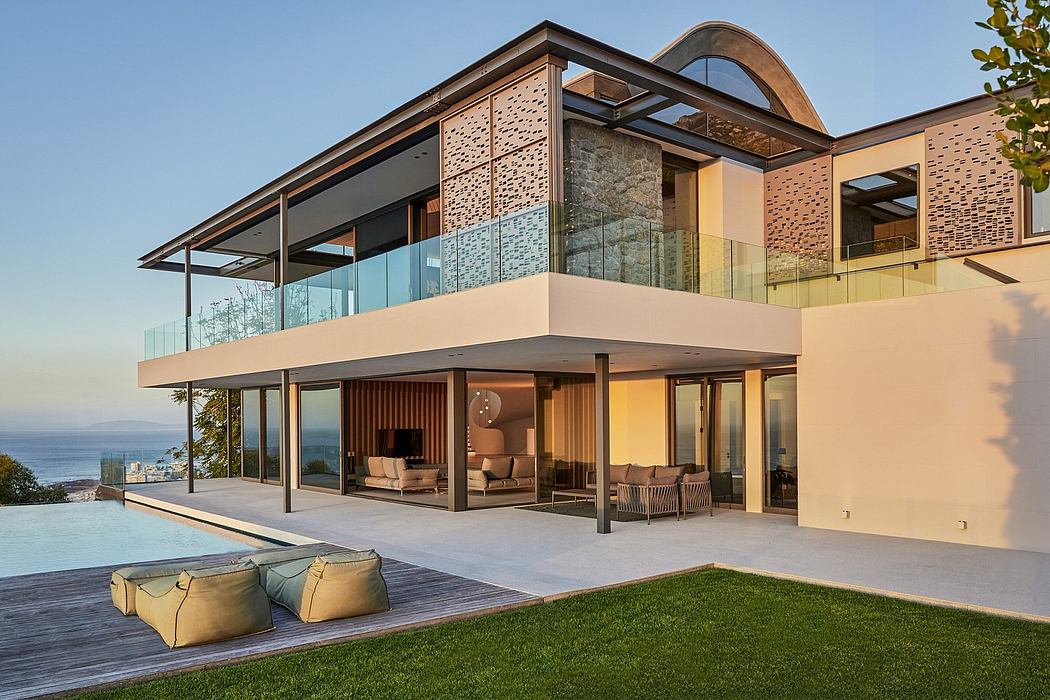MVRDV Collaborates With School Children to Complete Graphic Public Play Space for Gwangju Folly Festival

MVRDV has collaborated with Korean school children to complete a new permanent urban installation tor the third edition of the Gwangju Biennale Foundation?s Gwangju Folly Festival.Â
© Gwangju Biennale Foundation
MVRDV has collaborated with Korean school children to complete a new permanent urban installation tor the third edition of the Gwangju Biennale Foundation?s Gwangju Folly Festival. Aimed at exploring how architecture contributes to urban regeneration through both decorative and functional means, the I LOVE STREET was developed through a participatory process that asked students from Seosuk Elementary School to contribute drawings expressing their desires for the street. The end result was a graphic, sensory-stimulating design featuring zones in multitude of materials including grass, fountain, sand, wood, a trampoline and a giant chalk board.
© Gwangju Biennale Foundation
Known as a relatively industrial city, Gwangju suffers from a lack of pedestrianized zones, particularly in its historic core. The Gwangju Folly Festival was established in 2011 to reintroduce public spaces into the urban fabric, asking architects from around the globe to work with the community to create interventions that could enliven neglected parts of the city and transform them into more livable, human-scaled neighborhoods.In creating I LOVE STREET, MVRDV analyzed previous years? follies to see how their introduction has impacted the urban realm of Gwangju. Joi...
© Gwangju Biennale Foundation
MVRDV has collaborated with Korean school children to complete a new permanent urban installation tor the third edition of the Gwangju Biennale Foundation?s Gwangju Folly Festival. Aimed at exploring how architecture contributes to urban regeneration through both decorative and functional means, the I LOVE STREET was developed through a participatory process that asked students from Seosuk Elementary School to contribute drawings expressing their desires for the street. The end result was a graphic, sensory-stimulating design featuring zones in multitude of materials including grass, fountain, sand, wood, a trampoline and a giant chalk board.
© Gwangju Biennale Foundation
Known as a relatively industrial city, Gwangju suffers from a lack of pedestrianized zones, particularly in its historic core. The Gwangju Folly Festival was established in 2011 to reintroduce public spaces into the urban fabric, asking architects from around the globe to work with the community to create interventions that could enliven neglected parts of the city and transform them into more livable, human-scaled neighborhoods.In creating I LOVE STREET, MVRDV analyzed previous years? follies to see how their introduction has impacted the urban realm of Gwangju. Joi...
| -------------------------------- |
|
|
Villa M by Pierattelli Architetture Modernizes 1950s Florence Estate
31-10-2024 03:55 - (
architecture )
Leça da Palmeira House by Raulino Silva
31-10-2024 03:55 - (
architecture )

